Innovation Watch #17
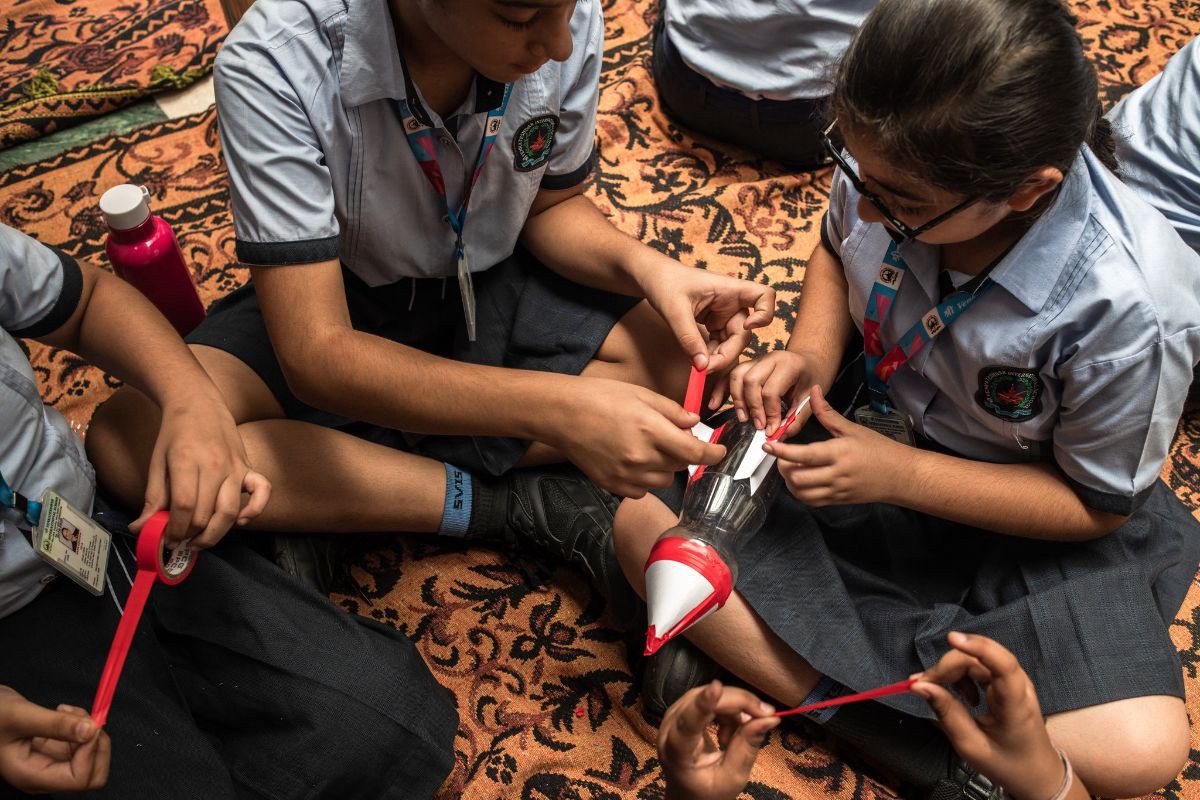
This content was sent on july, 22th via our Tech Watch Newsletter
Brace yourself. Climate change is coming 🥵
While Europe is getting ready for a new heatwave, us, at Smile Innovation’s squad, are still working to offer you this curated list of news from the last two weeks. Including 🚀India & China racing for the 🌒moon, robot nurse, facial recognition for 🐕dogs, also a lot of privacy issues from FaceApp and Google, and even more with Instagram removing the like count and a virtual glove that let you feel digital object #hackerman. And since it has been an unusually a very busy week, a special #blackmirror bonus edition with 3 very weird and creepy usage of tech. Don’t do this at home kids. Don’t.
This is Smile’s Innovation Watch.
Innovation •/ˌɪnəˈveɪʃən/

India joined the very select club of countries which sent some man-made vehicles on the moon
From a country with such a high poverty ratio, it might seem a little bit odd to focus on space things. But the goal seems clear, and produced results. By investing massively into teaching, high-end skills acquisition and making their own place a few weeks ago on the list of countries that have the technical ability to shoot down others satellites, India is in the race for the south pole of the Moon, just like China. It looks like the moon caught the attention of the planet Earth again, 50 years after the Apolo 11 mission. Except that this time, the countries involved have a completely different mindset and all those missions cost a fraction of what the USA spent on the space race back in the days.
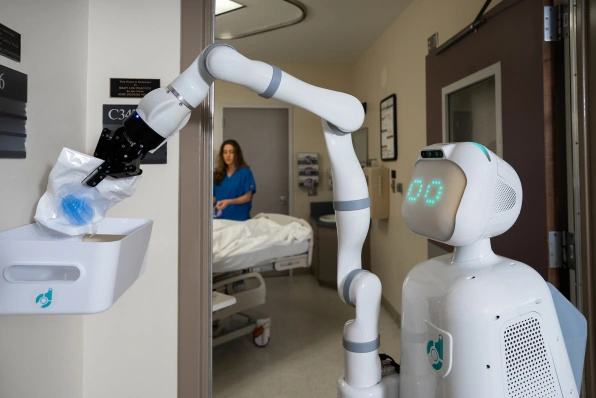
The robot built to help nurses got attention from patients too
While this company is working on ways to help nurses in the USA (which knows the same shortage issues than in Europe) by removing up to 30% or their tasks, the ones that could be handled by anyone as they are not related to patient care (such as dropping off samples for analysis, bringing welcome kits to a room to be reassigned, …); they didn’t expect the hospital crew and even the patients would be so easy going with the robot despite some feeling of fear and reluctance in some people. Seems their hard work to create a solution which fully bends in the hospital landscape with a non-threatening shape and ways to behave pays off has truly paid off.

Facial recognition for your dog
That’s a trend we saw exploding on the last couple of days/weeks, facial recognition for dogs is becoming a thing. Used from finding the owner of the lost animal to report bad behaviour to the Chinese government in order to fine civilians who don’t pick up after their dogs or allow them to walk without leases in public spaces. The snout of a dog got unique characteristics which are used by some companies to identify animals, while others are going further and also take into consideration the entire face of the animal, just like we are currently doing with humans.
Privacy •/ˈpɹaɪ. və. si/
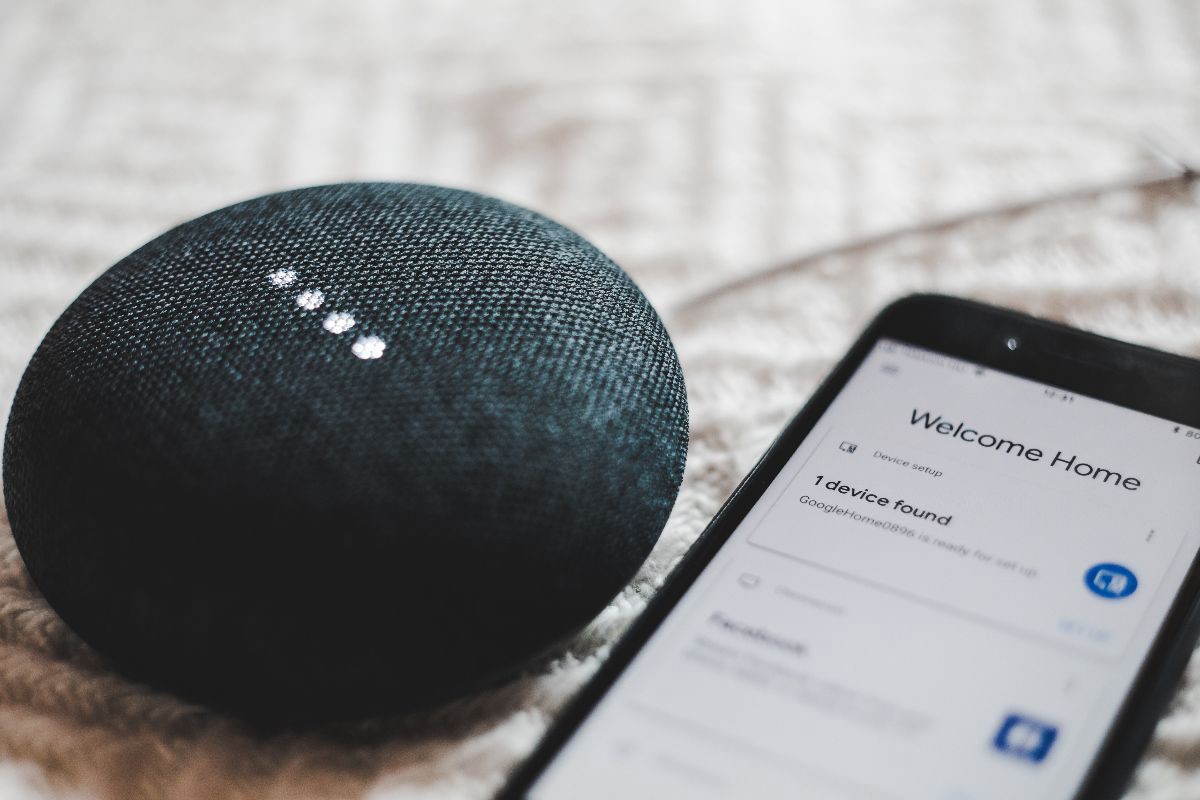
Google is using contractors to listen to and tag all your conversations with their assistant
Just like everybody else in “the game” of speech recognition (except our friends and partners at Snips with their privacy-by-design solution), Google is sending all your audio samples while you’re using Google assistant, voice command, voice dictation, … to contractors in order to validate and edit what the recognition model understood, but also to label the different background noise in order to improve its accuracy and to be able to suppress them more efficiently. Unfortunately, the people listening to the audio file are exposed to a lot of personal information, sexual activities and, sometimes, domestic violence and assault.
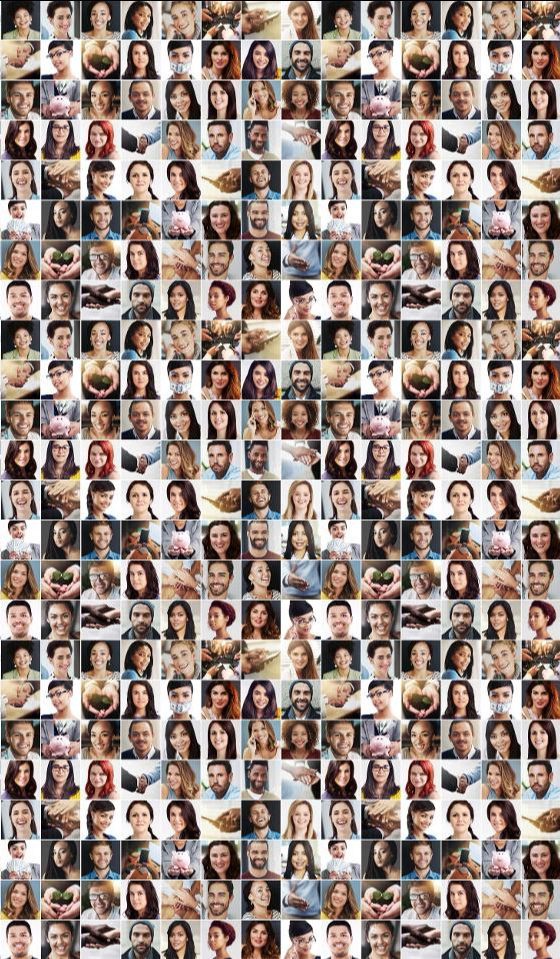
FaceApp now have access to more than 150 millions of peoples biometric data
FaceApp, the viral app which creates a younger or older version of you from a picture of you, now has more than 150 millions users. But, the issue is, people using the app gave their consent to the company to do anything they want with their names and pictures, without any compensation or approval from them. You may then end on a billboard in Moscow for some anti-age cream. Or they can sell those data to any public agency or government that want to enhance their people tracking ability.
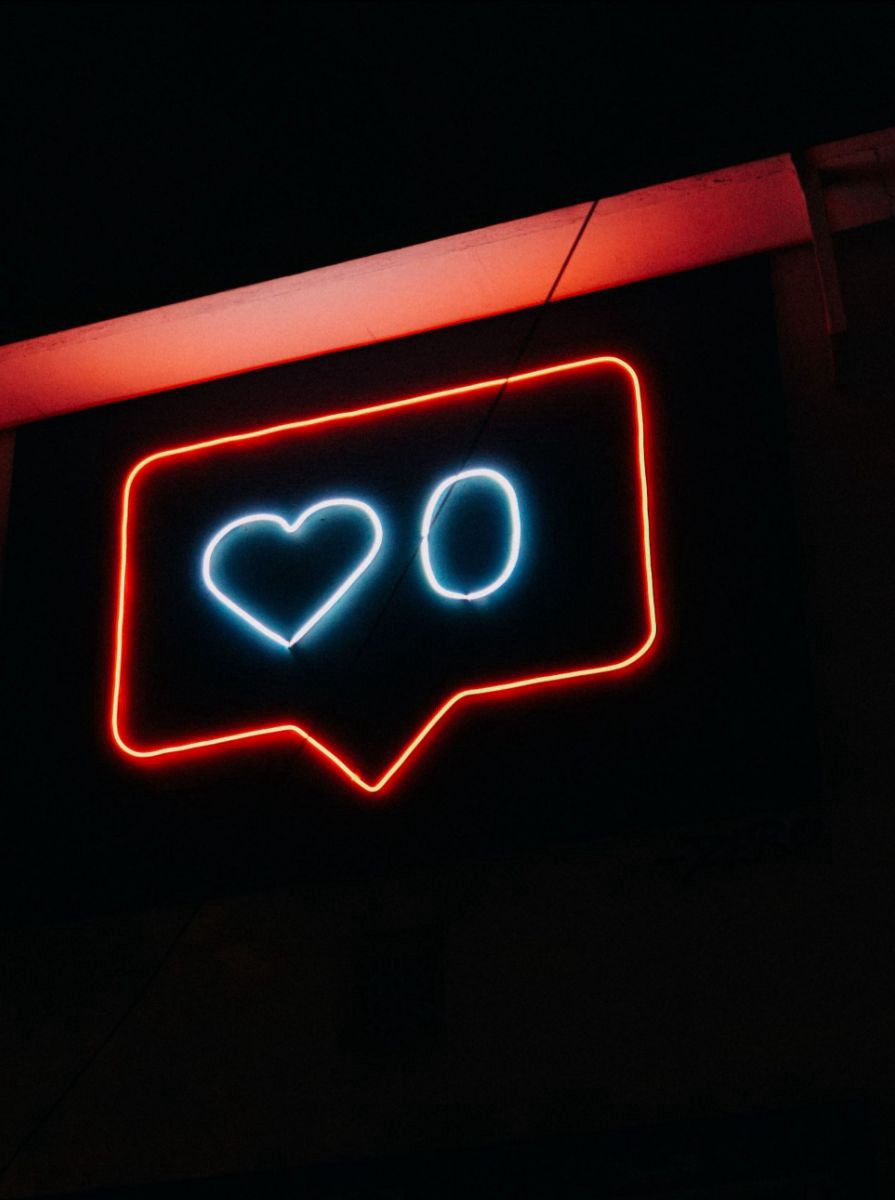
Instagram stop showing like count
This does not really concern privacy but mental health impacting tech instead. More and more studies tend to demonstrate a link between how social platform is working and our mental health. In order to prove their good faith, Instagram is experimenting with a “like” counter removal from the app. They want users to care less about pseudo fame and focus more on creating good content.
Fun • /fʌn/
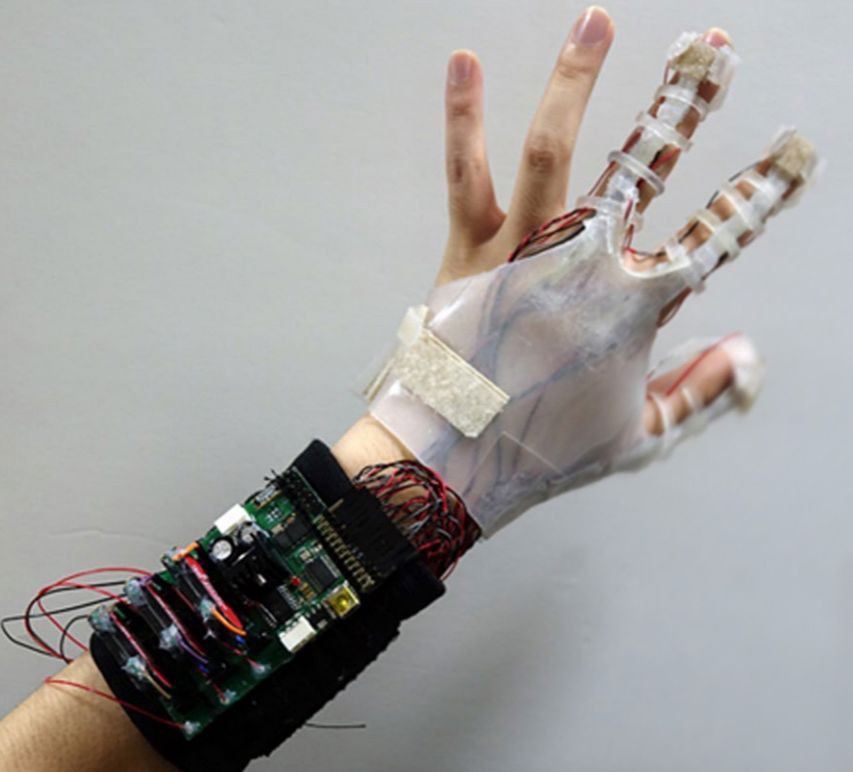
Virtual Reality glove which let you grab a digital object
Systems which let you represent real-world elements in a digital world are legion. From Kinect to 3D Scanners. But a full-body suit with haptic feedback elements is something very new, first shown this year at the CES. Using piezoelectric technology, this new glove uses tiny air bubbles trapped in silicon, in contact with your skin and change their shape to create the sensation of touch. So now, you can feel virtual elements too.
⭐️Bonus: Black Mirror Edition⭐️

USA intelligence can track you with a laser that detects your heartbeat with 200m range
There’s a lot of physiological traits that are unique to every human on earth. Your iris, your fingerprints, your face … and also your heartbeat (as well as the shape of your heart actually). Based on that, some very smart (and a little bit crazy too, like Q from 007) people built a device, using laser light, to read heart “signature” from afar. So you could walk through/fly over a crowd and confirm the identity of a target, without having anyone on the field. Clever. Scary. But clever.
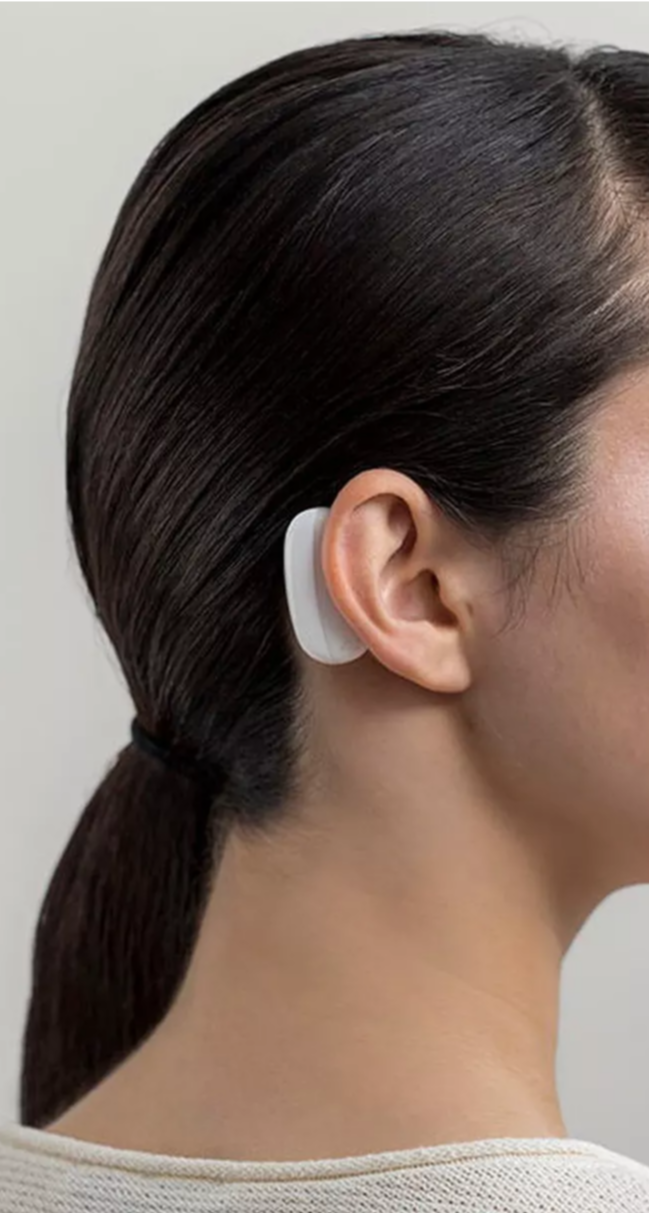
Neuralink unveiled their brain-reading device and how they plan to insert it
Elon Musk has always kept a little bit quiet regarding Neuralink, probably because of the highly sensitive topic of PUTTING WIRES INTO YOUR BRAIN 🧠. Most of our colleagues here aren’t very comfortable with the idea of letting a robot making small holes in their skull to insert electrodes smaller than a single hair to be able to read their thoughts via an iPhone app. Weird isn’t it? Even if we are still far from this achievement, Neuralink showcases the robotic solution for brain insertion and the test currently making tests on rats (with a gigantic USB-C port on their head). FCC (and other regulators) aren’t even contacted to start what will be a very long process in order to be able to get authorisation for human trials, and even more for sales authorisation.
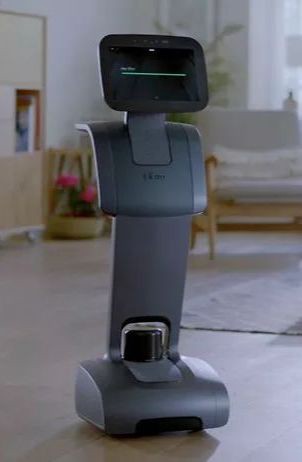
Amazon wants Alexa robot in your house
Who never dreamed to have a personal butler at their service? I personally wouldn’t mind but would call it a concierge service instead, just to pretend I’m not that bourgeois 😁 Anyway, Amazon seems to think there’s a high demand for that or perhaps they “simply” want to collect themselves data about what kind of furniture you have in your house along with its size and shape, instead of buying that data from Roomba or using some sophisticated ultrasound techniques using echo devices. Now, we wonder, what would they do with that amount of data?
That’s all folks!
Did you enjoy it? If so don’t hesitate to 👏 our article or subscribe to our Innovation watch newsletter! You can follow Smile on Facebook, Twitter & Youtube.